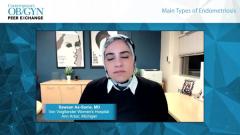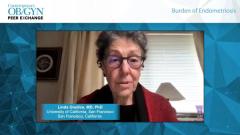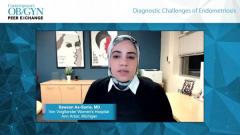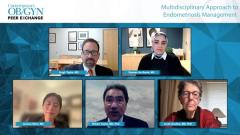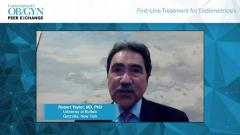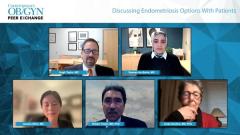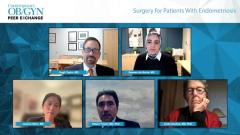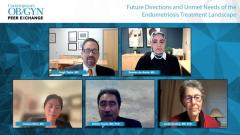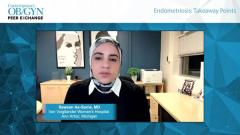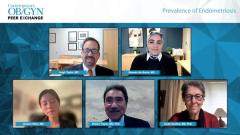
First-Line Treatment for Endometriosis
A panel of experts provide an overview of first-line treatments for endometriosis treatment.
Episodes in this series

Hugh Taylor, MD: Let’s move to our next segment, where we’ll talk about the treatment of endometriosis. Let’s start by discussing the first-line treatments for endometriosis. Jessica, what’s your first treatment for endometriosis?
Jessica Shim, MD: Typically, hormonal therapy—combined hormonal contraceptives or progesterone therapies—are what we’re initiating in adolescent patients. Oftentimes, because of reluctance or because it might be the first medicine they try, they’re often going to be in pill forms, which are easy to start, tolerate, and discontinue if there are concerns for adverse effects. That’s how we start our first-line management.
Hugh Taylor, MD: Do you usually use pills over the patch or other types?
Jessica Shim, MD: Yeah. It’s tough. I try to individualize it to the patient. It’s a lot of shared decision-making. Ultimately, adherence and ensuring compliance are going to be the best ways to ensure you get maximum potential benefit. Sometimes patients describe a concern that they won’t be able to adhere to a daily pill. Then we’re talking about some of our longer-acting options.
Hugh Taylor, MD: Rob, when you use an oral contraceptive for your patients, do you give that continuously to try to eliminate menses for women with dysmenorrhea?
Robert Taylor, MD, PhD: Yeah, that’s been the approach. When I was being trained, that made more sense. There’s some pretty good evidence that the response rates are, from the studies, about 30% better than if you’re on a cyclic regimen of OCs [oral contraceptives] for this frontline therapy. It results in some spotting, and that requires a little explanation, particularly in a younger adolescent patient. That’s a group that, in my experience, prefers to see a more regular pattern in their bleeding. They may be a little more difficult to convince that some irregular spotting should be an acceptable outcome.
Hugh Taylor, MD: Linda, in much of the world, they’re using progestogens like dienogest, which we don’t have available in the United States. Do you sometimes use progestins as a first-line therapy? Or do you also start with an oral contraceptive?
Linda Giudice, MD, PhD: I used to use combined oral contraceptives. We’ve all known that endometriosis is an estrogen-dependent disease. My preference is to get the conversation going about a progestin. A combined oral contraceptive is a great way to start, but a progestin can also be beneficial. There are so many modalities, whether it’s an implant, an intrauterine device, or a pill. There are ways to approach the treatment module using progestins. I tend to favor progestins more these days.
Hugh Taylor, MD: I’ve been moving more in that direction, either an oral or an intrauterine system. I’m a little reluctant to use some of the depot formulations because you tend to get a lot of spotting, and those can be painful for some patients. I’ve shied away from those. But I’ve been moving more toward oral progestins. The adverse effects are often progesterone-related adverse effects that may limit the higher doses of progesterone: mood changes, breast tenderness, or bloating symptoms. Sometimes that’s limiting, but when possible, I like patients on progestins. For progestin-resistant patients, you can titrate the dose up and sometimes find a good effect. You might not see that with an oral contraceptive.
Linda Giudice, MD, PhD: Agreed, yes.
TRANSCRIPT EDITED FOR CLARITY
Newsletter
Get the latest clinical updates, case studies, and expert commentary in obstetric and gynecologic care. Sign up now to stay informed.

